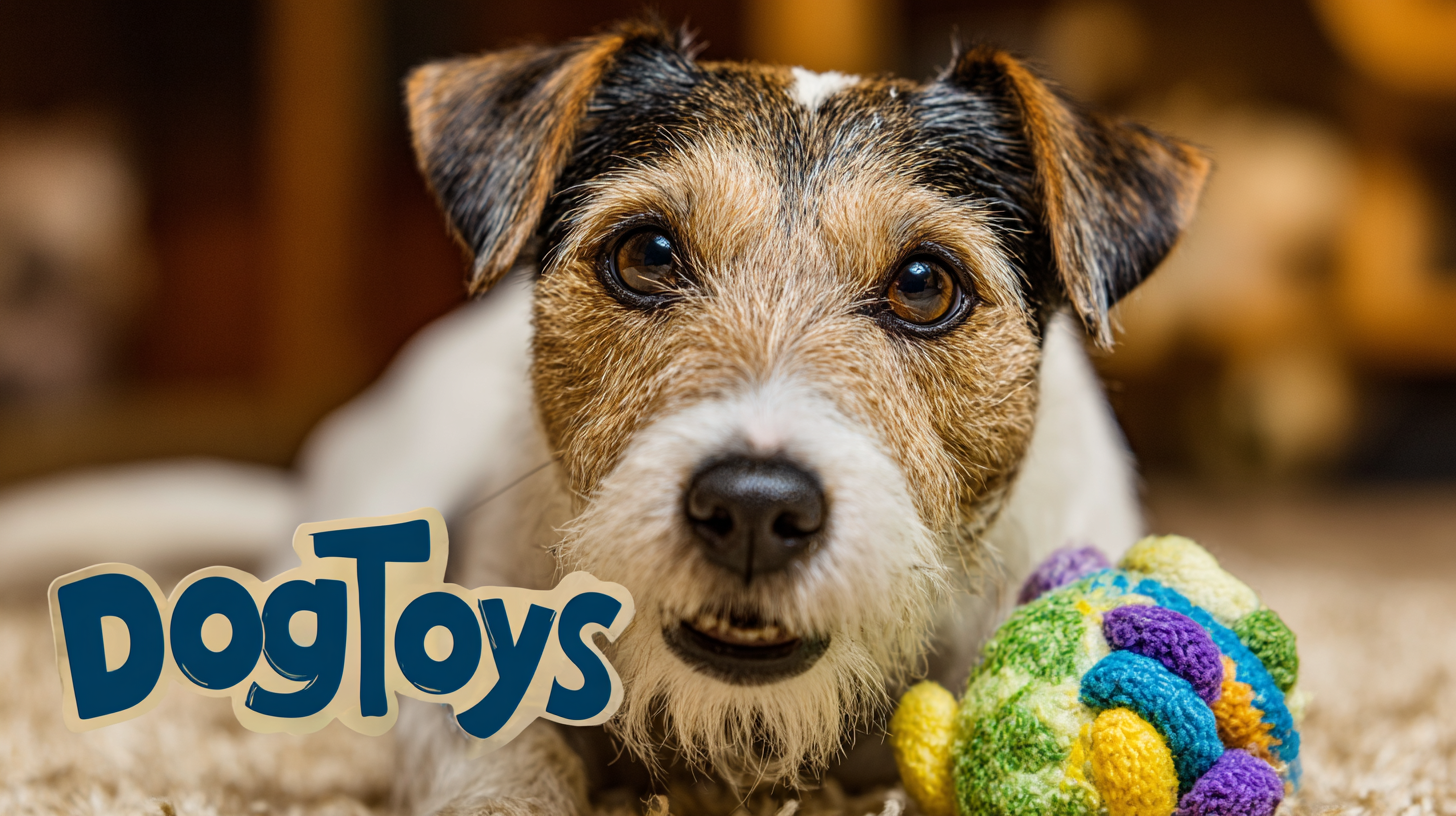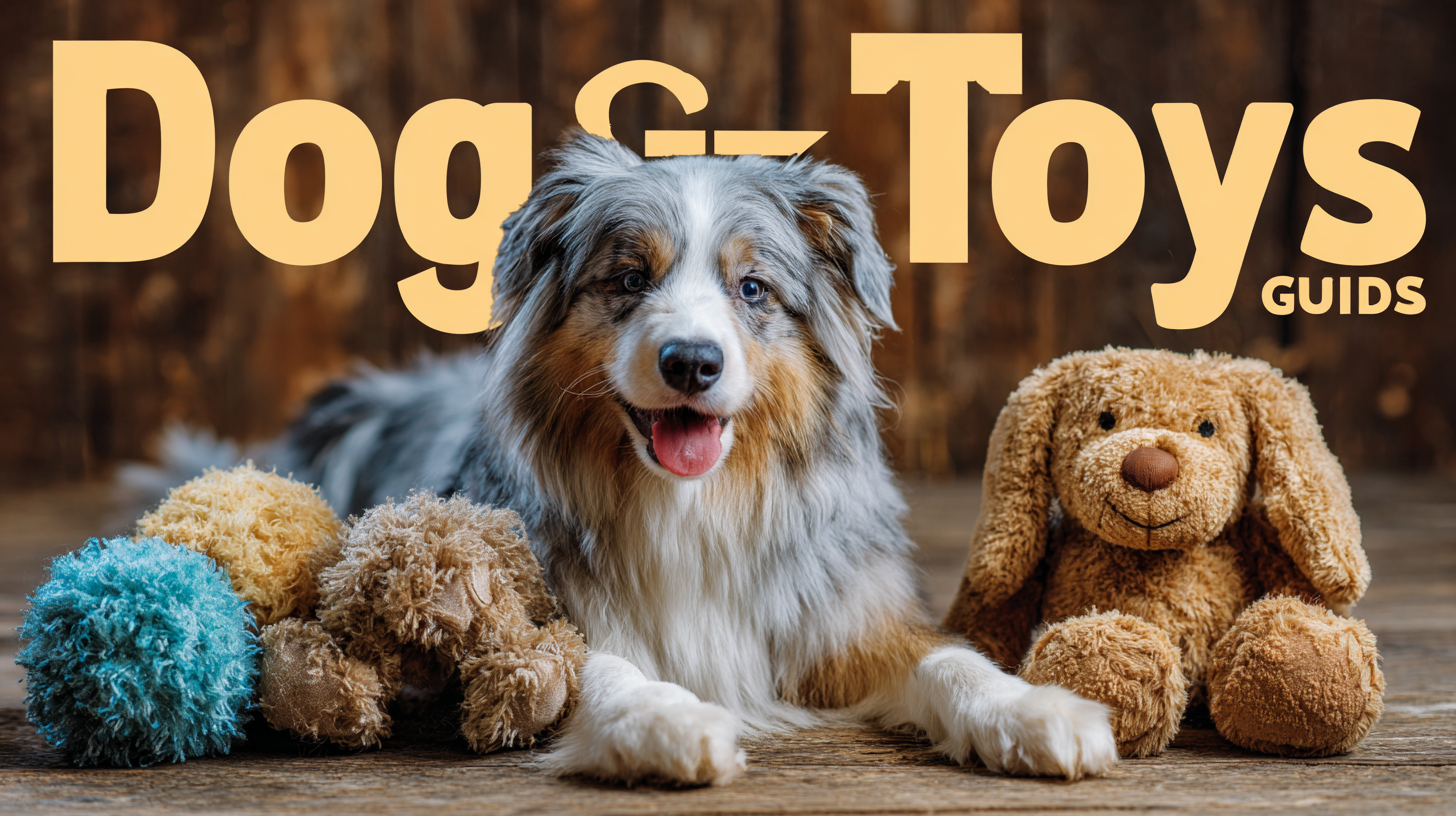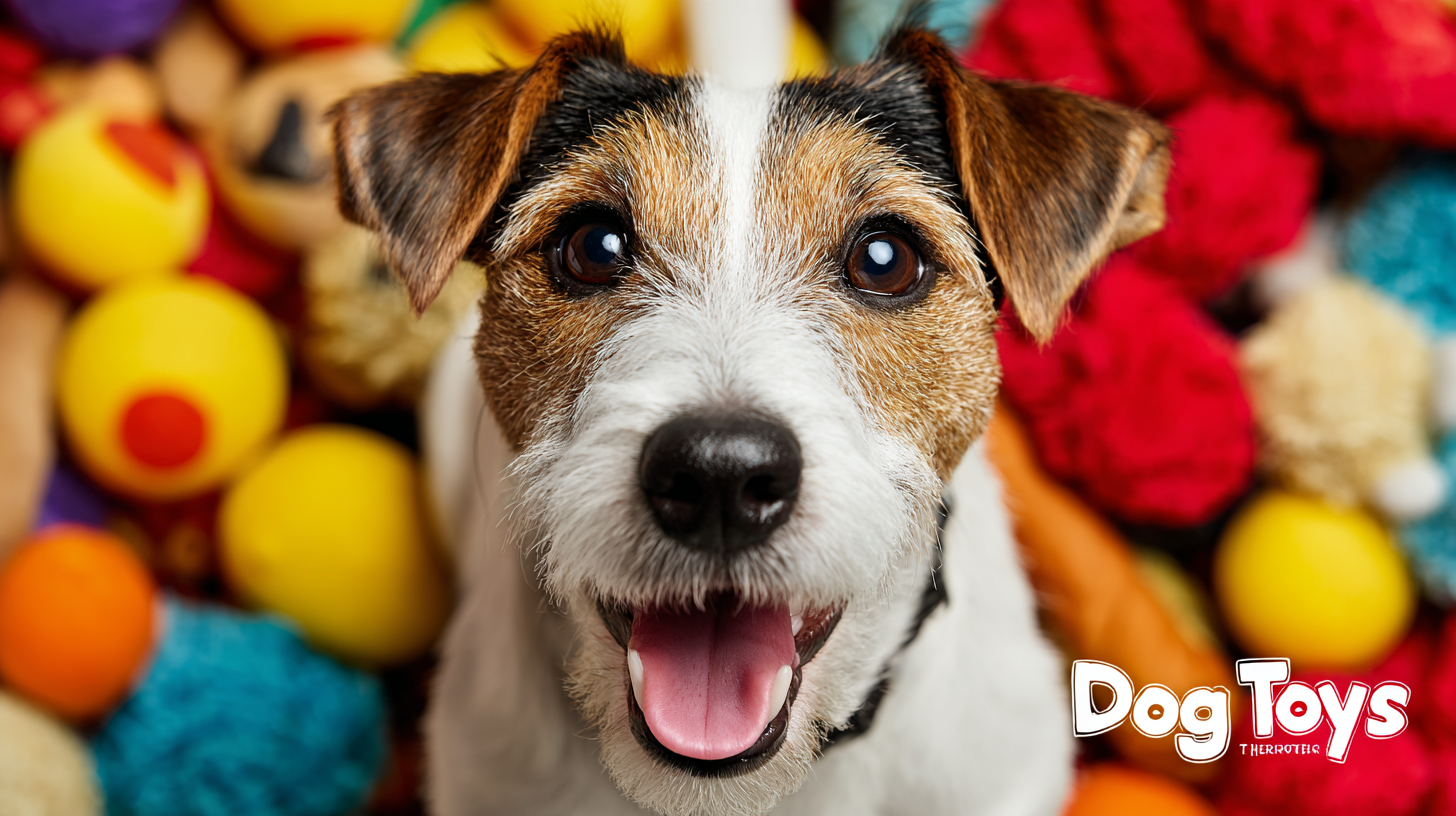$0.00
The global pet toy market, particularly the segment dedicated to Dog Toys, has seen remarkable growth, projected to reach over $2 billion by 2027 according to recent market research. This surge is fueled by a rising emphasis on pet wellness and enrichment, as owners increasingly recognize the importance of play in fostering their dogs' physical and mental health. Different types of Dog Toys such as chew toys, interactive puzzles, and fetch toys serve varied purposes, catering to different breeds, sizes, and play styles. Furthermore, there's a growing trend toward eco-friendly and durable materials, reflecting consumers' increasing awareness of sustainability.

This guide aims to provide global buyers with expert insights into selecting the best Dog Toys, detailing the unique features, suitable applications, and practical tips for navigating today’s dynamic market landscape.
Choosing the right dog toys is crucial for ensuring both the health and safety of our beloved pets. High-quality toys are designed not only to entertain but also to support a dog’s physical and mental well-being.
 For instance, durable toys reduce the risk of choking hazards and are less likely to break apart, which can lead to ingestion of harmful materials. Pet owners should look for toys made from non-toxic, safe materials to prevent any adverse reactions.
For instance, durable toys reduce the risk of choking hazards and are less likely to break apart, which can lead to ingestion of harmful materials. Pet owners should look for toys made from non-toxic, safe materials to prevent any adverse reactions.
Additionally, engaging toys can stimulate a dog's senses and encourage positive behaviors such as chewing and playing. Toys that promote dental health, like those with textured surfaces, can help reduce plaque buildup and keep dogs’ teeth strong. Interactive toys can also provide mental challenges, preventing boredom that can lead to destructive tendencies. By prioritizing high-quality dog toys, owners not only enhance their pets' playtime but also contribute to their long-term health and happiness.
When selecting durable and engaging dog toys, buyers should focus on several key features essential for ensuring both safety and entertainment. According to a report by the American Pet Products Association, the dog toy market is expected to reach $4.1 billion by 2023, highlighting the increasing demand for high-quality options. As such, choosing toys made from non-toxic, high-grade materials should be a priority. Look for toys that have been tested for durability to withstand aggressive chewers and ensure longevity.
Additionally, interactive toys that stimulate a dog's mind offer not only fun but also promote mental health. Studies show that mentally stimulating toys can reduce anxiety and destructive behaviors in dogs. Look for toys that provide varying levels of difficulty, allowing your pet to engage and remain challenged.
**Tip:** Always supervise your pets during playtime, especially with new toys, to ensure they are safe and appropriate for your dog's size and chewing habits. Additionally, consider rotating toys regularly to keep your dog's interest piqued—this can prevent boredom and encourage active play.

The pet toy market has seen transformative changes, particularly due to the rise of Chinese manufacturing. According to a recent report by Grand View Research, the global pet toys market is projected to reach $50 billion by 2027, with a significant contribution from Chinese suppliers. This shift is largely due to advancements in production techniques, which allow for lower costs and increased output without compromising quality. As a result, international buyers are increasingly sourcing pet toys from China, leading to a diverse array of products ranging from innovative interactive toys to sustainable materials.
Moreover, as consumer preferences evolve, Chinese manufacturers are responding with an emphasis on safety and eco-friendliness. A survey by Statista shows that 65% of pet owners prioritize the safety of materials when choosing toys for their pets. This trend has prompted Chinese manufacturers to adopt stricter safety standards and incorporate recyclable materials into their designs. The agility of these producers in adapting to market demands positions them as key players in the pet toy industry, driving competition and pushing the boundaries of creativity in product development.
When it comes to selecting the best dog toys for your furry companion, expert insights from industry leaders can make all the difference. According to veterinarians and pet product specialists, the first step in choosing a toy is understanding your dog's size, breed, and chewing habits. For instance, aggressive chewers may benefit from durable, rubber toys, while smaller breeds might prefer plush toys that they can easily carry around. It's essential to assess your dog’s play style; some dogs enjoy interactive toys that engage their minds, while others prefer toys that promote physical activity.
In addition to considering your dog's preferences, it's crucial to be mindful of safety and material quality. Industry experts recommend selecting non-toxic materials and avoiding toys with small parts that could pose choking hazards. Furthermore, staying informed about current market trends can also provide valuable insight. Many buyers are now leaning towards eco-friendly toys made from sustainable materials, reflecting a growing demand for responsible pet ownership. By merging expert advice with an understanding of what’s available on the market, you can ensure that your dog’s playtime is not only enjoyable but also safe and environmentally conscious.
When it comes to selecting the best dog toys, understanding consumer preferences is key. Global dog owners are increasingly seeking toys that not only entertain but also enrich their pets' lives. Research shows that durability, safety, and interactive features are at the forefront of dog owners' minds. Many prefer toys that can withstand the chewing habits of their dogs while providing mental stimulation through varied textures and sounds. This trend highlights a shift towards toys that promote interactive play between dogs and their owners, enhancing the bond while keeping pets engaged.
Furthermore, eco-friendly materials have become a significant consideration for today's conscious consumers. A growing number of dog owners are looking for sustainable options that minimize environmental impact without compromising on quality. They are increasingly drawn to brands that prioritize transparency and ethical sourcing, making it crucial for manufacturers to adapt to these evolving preferences. In response, the market is witnessing a surge in dog toys made from recycled materials and biodegradable components, reflecting a collective desire for responsible pet ownership.